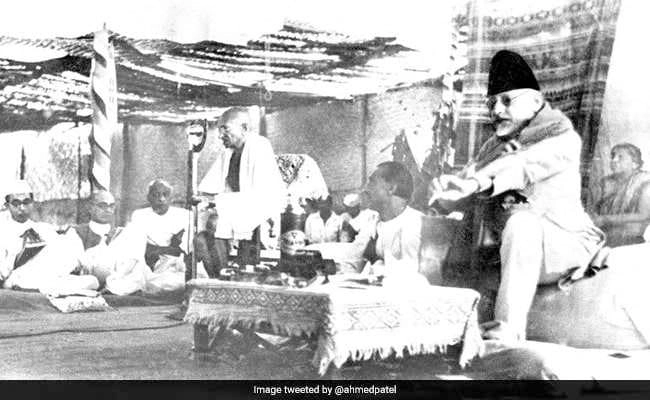The United Kingdom’s endeavor to secure Indian support during World War II significantly backfired, ultimately serving as a catalyst for the Quit India Movement. As the war escalated, Britain found itself in dire need of resources and manpower from its colonies, including India. The British government anticipated that Indian contributions in terms of troops and materials would bolster their war efforts. However, this expectation was met with growing discontent among Indians, who were increasingly frustrated by the lack of political concessions and the ongoing colonial rule. The British administration’s approach was marked by a belief that India would naturally rally behind the Empire in its time of need, but this assumption proved to be a grave miscalculation.
In 1942, the British government sought to negotiate with Indian leaders to secure their support for the war. However, the proposals put forth were seen as inadequate and patronizing. Prominent leaders like Mahatma Gandhi and Jawaharlal Nehru, who had initially supported the war effort, began to feel that their demands for greater autonomy and self-governance were being ignored. The failure to acknowledge these aspirations fueled a growing sense of nationalism and disillusionment among the Indian populace. As the war dragged on, the situation worsened, leading to widespread famine and economic distress, which further alienated the Indian people from British rule.
The culmination of these frustrations led to the launch of the Quit India Movement in August 1942. Gandhi famously declared, “Do or die,” urging Indians to demand an end to British rule. The movement represented a turning point in the Indian independence struggle, as it united various factions across the country in a collective call for liberation. The British response was swift and brutal, with widespread arrests of leaders and violent suppression of protests. This crackdown, however, only intensified the resolve of Indians to seek independence. The Quit India Movement became a powerful symbol of resistance, showcasing the depth of anti-colonial sentiment and the desire for self-determination.
Ultimately, the UK’s attempts to secure Indian support during World War II inadvertently ignited a strong nationalist movement that would reshape the future of the subcontinent. The disillusionment with British promises and the subsequent quest for independence laid the groundwork for India’s eventual liberation in 1947. The Quit India Movement not only marked a critical moment in the struggle for freedom but also underscored the complexities of colonial relationships during a time of global conflict, illustrating how the desire for self-governance can be amplified by external pressures and failures in leadership. Thus, the interplay between the British war strategy and Indian aspirations ultimately transformed the political landscape, leading to the end of colonial rule in India.




